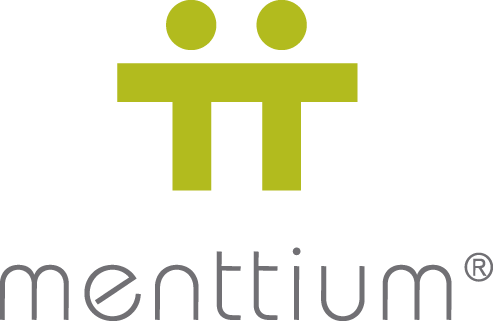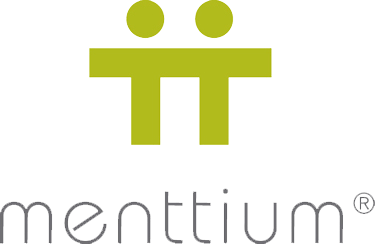22 Jun Responsible AI and Ethical Leadership

Dr. Leanne Ward, Partner of Federal Government and Defense at Kearney, explores the importance of responsible AI, diversity in technology, and ethical leadership. With over 30 years of experience in digital transformation, Dr. Ward shares valuable insights into how organizations can harness technology responsibly while keeping people at the center.
The Key Elements of Responsible AI and Ethical Digital Transformation
Dr. Ward emphasizes the need for organizations to prioritize responsible AI development. She explains that although technologies like ChatGPT offer great promise, they can introduce risks if not handled correctly.
Key points covered include:
- Bias in AI Systems: Automated systems, such as those used in recruitment or welfare payments, can perpetuate human bias, which must be actively addressed.
- Human Oversight: AI should complement human decision-making rather than replace it.
- The Role of Governance: Governance should focus on continuous learning and include external stakeholders to avoid industry echo chambers.
Why Diversity is Critical in AI Development
Diverse teams are essential to spotting unintended consequences early in the project lifecycle. Dr. Ward highlights that interdisciplinary collaboration—combining STEM with arts and behavioral science—helps ensure ethical and effective technology deployment.
The Risks of Rushing to Market: ChatGPT and Deepfake Technologies
Dr. Ward also discusses the competitive race to release AI technologies, pointing out the risks of moving too quickly without thorough testing. ChatGPT’s rapid development shows the importance of balancing speed with responsibility.
Key insights include:
- Natural Language Processing (NLP): While ChatGPT can simulate human conversations, it can sometimes spread misinformation with unwarranted confidence.
- Potential Dangers of Deepfakes: Deepfakes raise ethical concerns, especially when they blur the line between reality and simulation. Proper attribution is essential when creating artificial content.
- The Metaverse and Emotional Impact: As virtual environments become more immersive, managing their psychological effects will become crucial.
Leadership Insights: Values-Driven Leadership and Intelligent Disobedience
Dr. Ward’s leadership philosophy centers around servant leadership—empowering teams and fostering psychological safety. Her experience reflects the importance of values-driven leadership:
- Fight, Flight, and Fit Values: She explains that leaders should know when to fight for what is right, when to leave unhealthy environments, and how to adapt when necessary.
- Intelligent Disobedience: Inspired by Ira Chaleff’s concept, Dr. Ward advocates for encouraging team members to challenge decisions when necessary to protect the group.
Reflection and Personal Growth
Dr. Ward’s PhD program required deep reflection on her leadership style. This process revealed blind spots and valuable lessons on integrating emotional intelligence with leadership tools like Myers-Briggs assessments.
Mentoring Across Industries: A Two-Way Street
Dr. Ward’s experience mentoring through Menttium highlights the importance of cross-company mentoring relationships. She emphasizes that mentoring is a two-way exchange where both parties learn and grow.
Key takeaways:
- Understanding Different Corporate Cultures: Mentoring offers insights into how organizations in different regions and industries operate.
- The Joy of Giving Back: Mentoring benefits both mentees and mentors, contributing to personal well-being.
Balancing Innovation with Responsibility
In a rapidly evolving technology landscape, Dr. Ward reminds us that AI and digital transformation must be developed thoughtfully. From governance to mentoring, her insights encourage leaders to embrace diversity, prioritize ethics, and empower their teams.
As Dr. Ward puts it, responsible AI should not replace human judgment but work alongside it, helping us navigate the future without losing sight of our values.
Additional Resources
Responsible Automation with Dr. Leanne Ward
About Dr. Leanne Ward
Dr. Leanne Ward is a partner at Kearney, a global management consulting firm, where she leads digital transformation initiatives for federal government clients with a focus on Environmental, Social, and Governance (ESG) priorities. Prior to Kearney, Dr. Ward was a partner at IBM, driving cognitive process transformation by helping clients implement advanced technologies such as machine learning, AI, business process re-engineering, data analytics, IoT, and blockchain.
Throughout her career, Dr. Ward has worked across diverse sectors, including finance, banking, IT, telecommunications, government, infrastructure, and small-to-medium enterprises. She is a passionate advocate for diversity, equity, and inclusion, actively leading initiatives to foster workplace inclusion in both corporate and voluntary settings.
In addition to her consulting work, Dr. Ward has mentored 11 mentees through Menttium, contributing to talent development and leadership growth. Her academic achievements include a Bachelor of Science in Computer Science and Mathematical Computing from Macquarie University, an MBA with a specialization in Organizational Change from the University of New England, and a Doctorate in Business Leadership from the Australian Graduate School of Leadership at Torrens University, where her research focused on the ethical adoption of AI in business.


